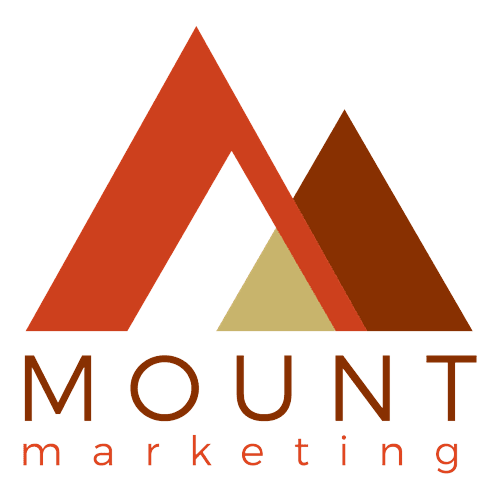Why You Need More than Translations to Reach Different Cultures

Remember Y2K? It was 1999 and we were so anxious about the new century, 2000 aka Y2K. So much has changed since then. And it is no more evident than in the world of marketing and advertising.
Translation Was Usually the Key to Most Multicultural Campaigns
Even in 2000 with the growth and expansion of cable TV, most consumers - regardless of age - saw or heard advertising on network and cable TV, radio, print and direct mail. That was it. So if you were trying to reach an audience that was linguistically isolated or where English was a second language, it was relatively easy to know which mediums to use for the language. If your target audience spoke Spanish, Portuguese or Vietnamese, you would generally take your English copy, translate it and then place your advertising in a select few mediums. Or place your advertising in "ethnic" media. If it was TV or print, you would add an image to reflect the target audience. That would be the launch of multicultural campaigns. That was then.
The Digital Age of Marketing Changed Everything, Especially for Reaching Different Cultures
With the growth of internet usage, rise in streaming services and the rapid expansion of cell phone adoption around the globe, reaching different cultures became has become increasingly difficult. But for companies that know their audience, it has also been a time to be more relevant with where and how they reach consumers. Now it is more than the age, ethnicity, language, income or location of the consumer. For effective campaigns, understanding where your consumer "lives" in the digital media landscape is now a critical piece of the marketing strategy blueprint. When that consumer is Gen Z or a millennial, knowing where they spend time on digital is even more important. According to a research study from Horowitz, 80% of Gen Z receives streaming info on their smart phone. So imagine trying to reach a Gen Zer of Brazilian descent who lives in California and a Gen Zer who lives in Angola. They both speak Portuguese. But taking English copy and just translating it into Portuguese is unlikely to lead to an effective multicultural marketing strategy.
Translating English Copy is No Longer Enough
Marketing strategists, especially those serving clients with a global footprint, have long known just translating your English copy is no longer enough. It was never enough. But in the digital age, it is more important than ever to have culture-centric campaigns that resonate with your consumers. These campaigns can include language translation, but they do not rely on translated copy for success. Cultural considerations include:
- Way of life
- Beliefs, ideals and values
- Customs and norms
- Local language and vernacular
- Dress
- Food
- Social situations
- Celebrations or holiday observances
- Ethnicity and/or nationality
Once these cultural considerations are added to demographics and interests, there is a better picture of your consumers. You can see just translating English copy into a language would never be enough to reach this consumer. The campaign could misfire, regardless of the ad spend. Once you understand the consumer including their culture with preferred language, then we can engineer an effective marketing strategy. When targeting multicultural audiences in a 21st century digital marketing world, remember translation is not enough. It never was but it really isn't now.
Get in Touch with Us
Send Us a Message
You want to level up your marketing and Mount Marketing is ready to help! Provide your contact information and tell us what you need. We'll respond to you within one business day.
